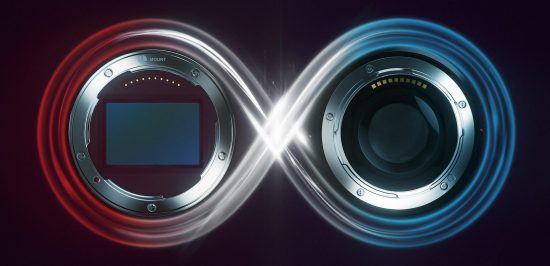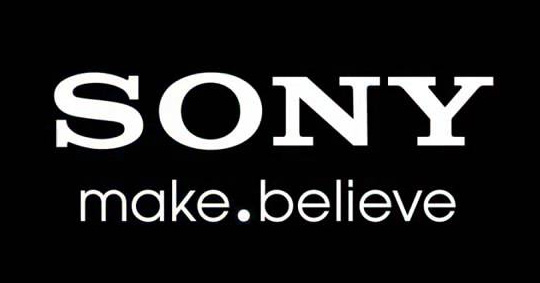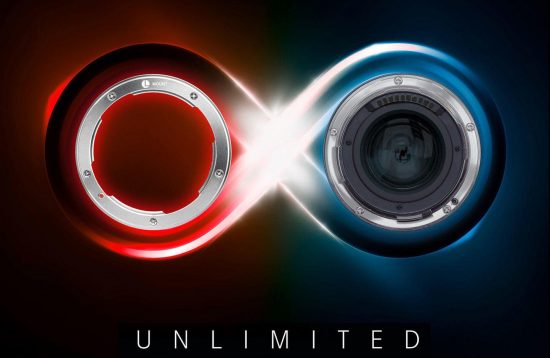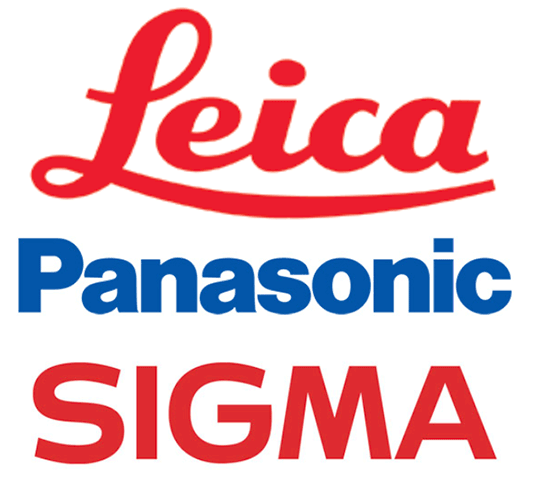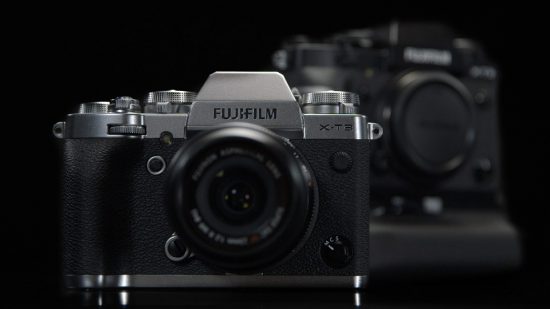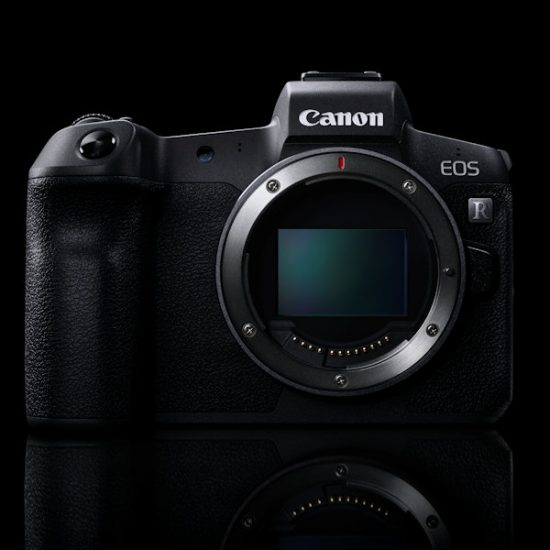






Search PhotoRumors.com
 Custom Search
Custom SearchCategories
- 3 Legged Thing
- 7Artisans
- ACDSee
- Adobe
- Adonit
- Aftershoot
- Agfa
- Akaralabs
- Alice Camera
- Alpa
- Alphagvrd
- Amphibico
- Antigravity
- Apple
- Aquatica
- Arca-Swiss
- Arri
- Artizlab
- ArtraLab
- AstrHori
- Atomos
- Aurora Aperture
- Avalanche
- BenQ
- Benro
- Blackmagic
- Blazar
- Brightin Star
- Broncolor
- C.P. Goerz
- Caira
- Camera Intelligence
- Canon
- Capture One
- Casio
- Caye
- Cheecar
- Chroma
- Contax
- Cooke
- Cosina
- CYME
- Deals
- Delkin
- DJI
- DK-Optic
- DuLens
- DxO
- DZOFilm
- Echolens
- Epson
- Escura
- Esquisse
- Excire
- Exposure Software
- Eye-Fi
- FieldMade
- Franke & Heidecke
- Freewell
- Fuji
- Funleader
- Future of Photo Equipment
- GE
- Gibellini
- Gizmon
- Godox
- GoPro
- Gura Gear
- H&Y filters
- HandeVision
- Harman
- Hasselblad
- Heipi
- Hobolite
- Holga
- Hollyland
- Hoya
- IDS Works
- Ikelite
- Ilford
- Impossible
- Insta360
- Irix
- Jintu
- JK Imaging
- JVC
- Kamlan
- Kase Optics
- Kenko Tokina
- Kinoshita
- Kipon
- Kodak
- Kolari
- Komamura
- Konica Minolta
- Kowa
- KUVRD
- Lailens
- Laowa
- Leaf
- Lee Works
- Leica
- Leitz
- Lenovo
- Lensbaby
- Lexar
- LG
- Light Lens Lab
- LightPix
- Logitech
- Lomography
- Lytro
- Macphun
- Mamiya
- Mandler
- Manfrotto
- Maven Filters
- Megadap
- Meike
- Metabones
- Metz
- Mevo
- Meyer Optik Görlitz
- Minolta
- Minox
- Mint Camera
- Mitakon
- Monster Adapter
- Mr.Ding
- Nauticam
- Neurapix
- Nextorage
- Nikon
- NiSi
- Nissin
- Nitecore
- Noktor
- Novoflex
- Oberwerth
- Olympus
- OM System
- ON1
- Opema Jena
- Other
- OWC
- Owlkrown
- Panasonic
- Peak Design
- Pelican
- Pentax
- Pergear
- Phase One
- PhotoEducate
- Phottix
- Pixii
- Pocket Wizard
- Polar
- Polaroid
- Polarpro
- PPPcameras
- PR reviews
- Praktica
- Profoto
- ProGrade
- ProGrade Digital
- Raspberry Pi
- Rayqual
- Red
- Ricoh
- Rockstar
- Rokinon
- Rollei
- Rolleiflex
- RRS
- Samsung
- Samyang
- SanDisk
- Schneider Kreuznach
- Sea&Sea
- SeaLife
- SG-IMAGE
- Sharp
- Sigma
- Sinar
- Sirui
- Sitina
- Skylum
- SLR Magic
- SmallRig
- Songraw
- Sony
- SPINN
- Squarehood
- Tamron
- Techart
- Thingyfy
- ThinkTank Photo
- Thypoch
- Tilta
- Tokina
- Top 10 Posts
- Topaz Labs
- Toshiba
- Tourist
- TTartisan
- Ulanzi
- Venus Optics
- Vi Vante
- Viltrox
- Vivitar
- Voigtlander
- WANDRD
- Westcott
- Wideluxx
- Wise
- Xiaomi
- Yashica
- Yasuhara
- YI Technology
- YoloLiv
- Yongnuo
- Zeiss
- Zeniko
- Zenit
- Zhiyun
- Znonz
- Zonlai
- ZY Optics
Archive
Tags
5DayDeal 2015 CP+ show Adobe Photoshop CC BCN ranking Black Friday canonrumors Chinese lenses CIPA reports delay because of high demand delayed DxoMark test results film financial results firmware Fujifilm X-Pro1 Fujifilm X100 fujirumors Hasselblad X1D interview Kickstarter L-mount L-Mount Alliance Lightroom CC Luminar Neo ON1 Photo RAW Panasonic S1 full-frame mirrorless camera Patents Pentax 645D Pentax full frame DSLR photo editing software Photokina 2012 Photokina 2014 Photokina 2016 Photokina 2018 price increase Rebates Roadmaps sonyrumors teaser To be discontinued... Topaz Labs Topaz Labs coupon code What's new on Kickstarter? What's next? What else is new?
Leica, Panasonic and Sigma to form a new L-Mount Alliance
Our Photokina coverage starts in a few hours
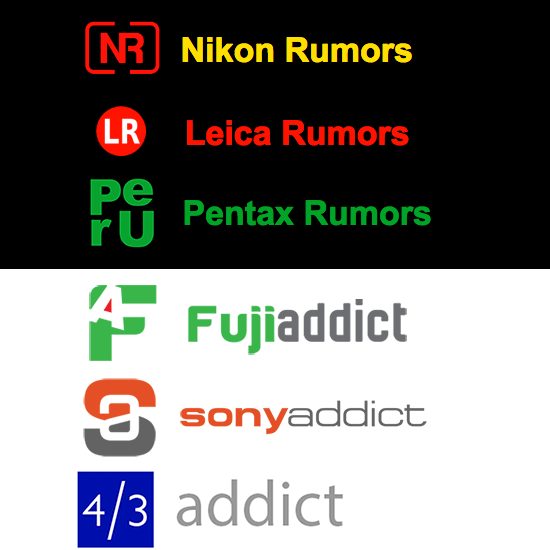
Our 2018 Photokina coverage will start in just a few hours – here is how to follow us:
- Nikon: NikonRumors.com (Facebook | Twitter)
- Leica: LeicaRumors.com (Facebook | Twitter)
- Ricoh/Pentax: PentaxRumors.com (Facebook | Twitter)
- Fuji: FujiAddict.com (Facebook | Twitter)
- Sony: SonyAddict.com (Facebook | Twitter)
- MFT-Mount and L-Mount: 43addict.com (Facebook | Twitter)
- Everything else: PhotoRumors (Facebook | Twitter)
Here is the schedule of press conferences (10 am CET | 4 am EST):
Posted in Fuji, Leica, Nikon, Panasonic, Pentax, Ricoh, Sony Tagged L-mount, L-Mount Alliance, Photokina 2018 Leave a comment
Leica S3 medium format camera leaked online
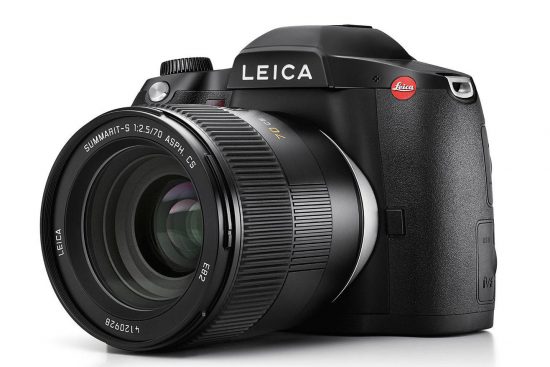
The previously rumored Leica S3 medium format camera is now listed at Leica’ website (China) with the following text:
Posted in Other Leave a comment
Irix 150mm f/2.8 MACRO 1:1 lens announced

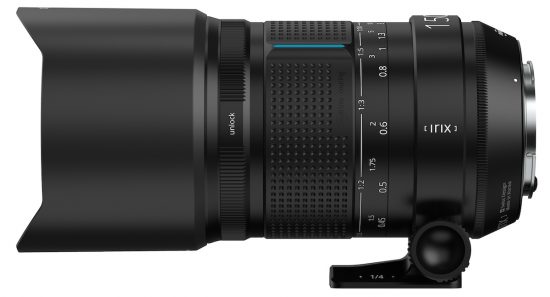
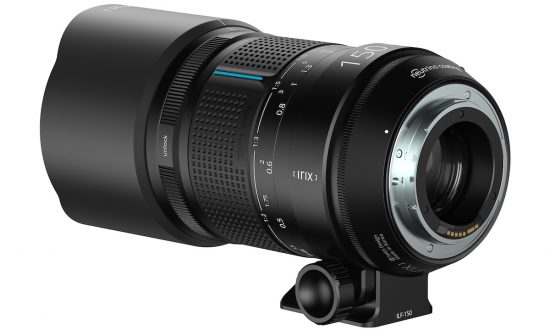
Irix officially announced the previously rumored 150mm f/2.8 MACRO 1:1 lens. The MTF chart, distortion graph, technical specifications and press release can be found here:
New Sony DSC-WX800 compact camera registered in Korea

Sony registered a new Sony DSC-WX800 compact camera in Korea – this will probably be the replacement for the current WX500 model:
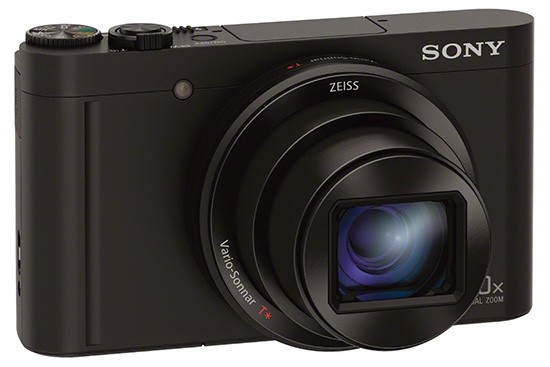
A few weeks ago Sony also registered a new WX700 compact camera:
Posted in Sony Tagged Photokina 2018, Sony WX700 compact camera, Sony WX800 compact camera Leave a comment
